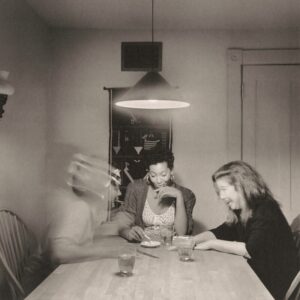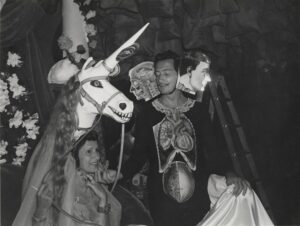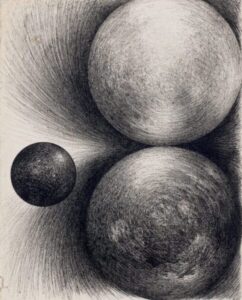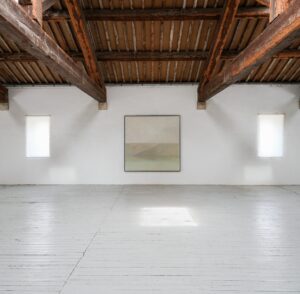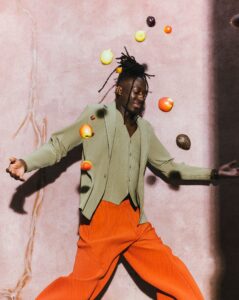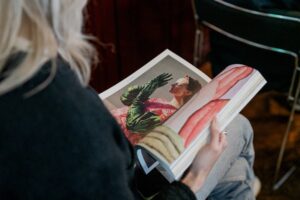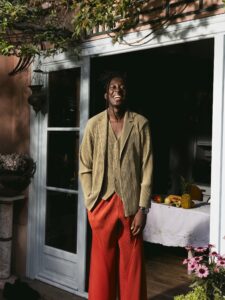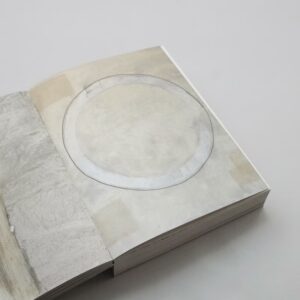Always the Other
Giacometti’s remarkable figures
Joke Hermsen had the feeling she was being watched. Yet she was the only one in the room. The eyes of Giacometti’s Caroline were staring at her.
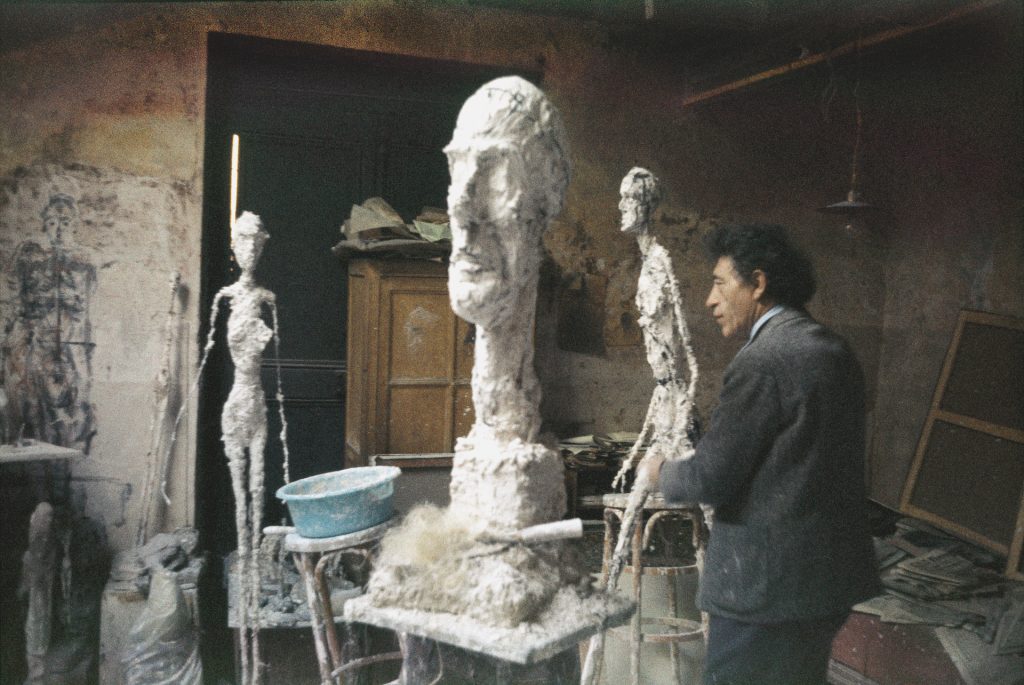
In the early 1980s, I encountered an oil painting by Alberto Giacometti for the first time at the Art Institute of Chicago. I was already familiar with his slender human figures in plaster and bronze, which had immediately moved me with their fragile vulnerability and striking existential courage. But I had never seen the paintings to which he had devoted himself so fervently in the final years of his life.
As soon as I entered the exhibition space, I had the distinct sensation that I was being watched — a strange feeling, since I was the only visitor in the room. I soon discovered the source of that ‘gaze’: Caroline, a woman painted in sharp, dark lines, emerging from a hazy background of beige and brown patches. Her hands rested calmly in her lap, her head slightly raised with pride, her expression searching and somewhat resigned. All the lines and shapes in the painting seemed to draw toward those eyes — toward the act of seeing and being seen, perceiving and being noticed. I can’t remember how long I stood in front of the 1962 oil painting, but I do vividly recall how difficult it was to break away from her gaze, because for reasons I couldn’t quite explain, it gave me comfort.
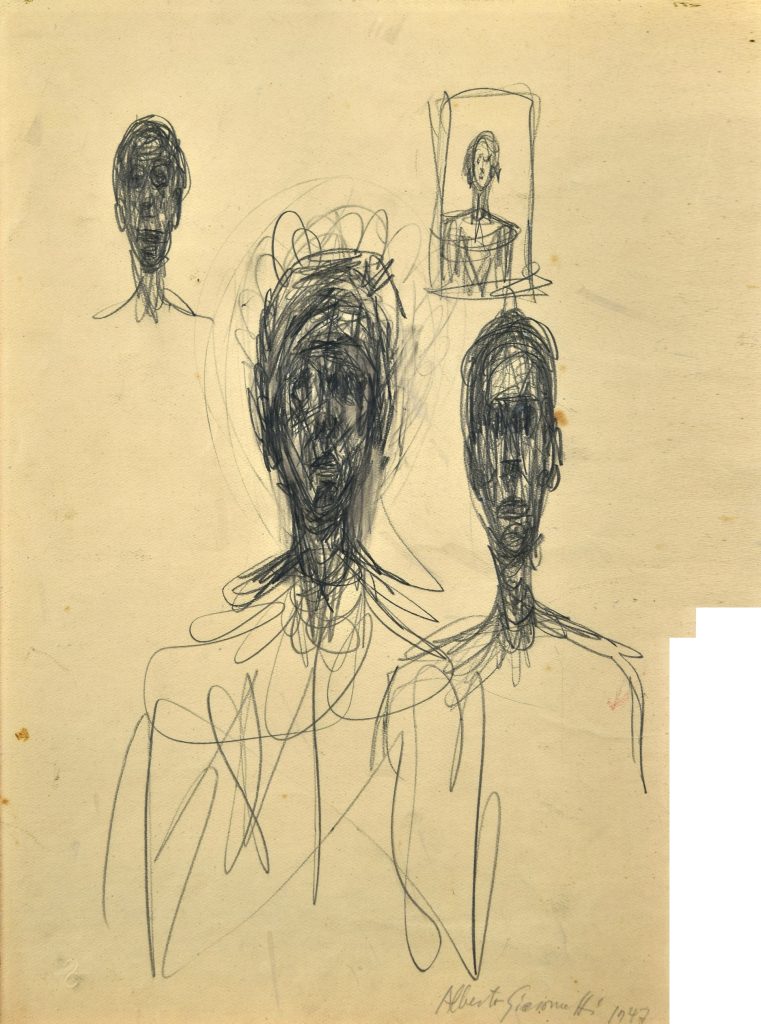
‘I am very interested in art,’ said the Swiss artist who lived and worked in Paris after the war, ‘but even more in the truth.’ The truth that Giacometti sought concerned humanity itself — the degree of humanness still conceivable and ‘depictable’ after the immense suffering and horrors of World War II. How could he trace that remaining essence of the human? He chose the softest material, plaster, and got to work, stripping away — layer by layer — the violence, the will to power, and all other external posturing. He failed, and began again. For years, he destroyed what he had made the day before and started anew, kneading, scraping, and moving back and forth between something and nothing until he arrived at the core. The core that conveys his ‘truth’ about the fundamental ambiguity of human existence: an overwhelming sense of loneliness paired with an indelible longing for connection.
‘Giacometti shows us male and female figures who have already been seen,’ wrote his friend and contemporary, the French philosopher Jean-Paul Sartre — not only seen by the artist himself, but by all of us. They have existed since time immemorial and have already been perceived, just as ‘the strange language we are trying to learn is already being spoken.’ That’s why we recognize them in an instant; we don’t need to study them long to understand who they are. Giacometti’s human figures stand still, detached from the surrounding world, but their gaze — especially in the drawings and paintings — is intense and expresses the awareness that we are indeed the focal point of our own solitude, but that our gaze will always reach out toward the other.
‘Always the Other’ was published in 2018 in the eleventh issue of See All This. Read more articles from our previously published editions online – Become a Friend of See All This.



